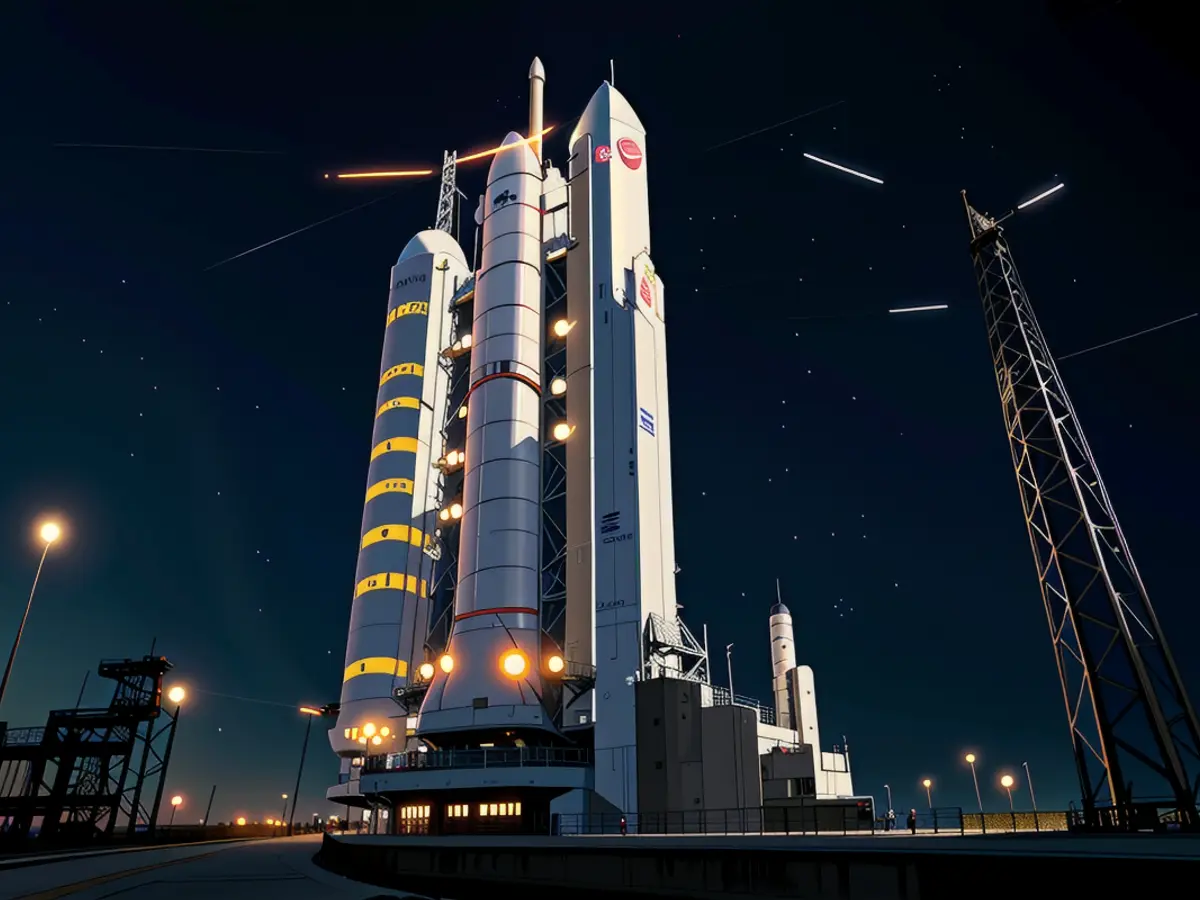NASA Aborts Lunar Mission for VIPER Rover, Following Expenditure of $450 Million
A Space Adventure Hits a Snag 🤔
NASA's rugged four-wheeled explorer has hit a roadblock in its journey to the Moon, as development delays and escalating costs have reportedly forced the space agency to halt its ice-hunting mission.
Meet VIPER, or Volatiles Investigating Polar Exploration Rover, a 1,000-pound robot designed to sniff out water ice on the Moon's southern polar region. Over four and a half years, NASA funneled around $450 million into the project, hoping to send the rover skyward by late 2023. But launch dates got pushed back, first to 2024 and then to 2025, owing to schedule and supply chain bottlenecks. Now, the space agency has pulled the plug on the mission, citing potential disruptions to other commercial Moon missions, as revealed in a statement on Wednesday.
Originally slated to hitch a ride with Astrobotic's Griffin lander, a commercial lunar venture worth $322 million, the Griffin mission itself is now set for lift-off in September 2025. Despite this setback, NASA remains resolute in its lunar explorations, collaborating with its commercial partners to venture forth.
Nicola Fox, associate administrator of NASA’s Science Mission Directorate, shared her thoughts via a statement, emphasizing NASA's commitment to continued lunar research. VIPER's disassembled parts will be repurposed for future Moon missions, but NASA welcomes proposals from commercial and international allies who might be interested in utilizing the rover.
Before tearing the rover apart, NASA will weigh proposals from its potential partners. Initially touted as NASA's most capable Moon robot, VIPER played a crucial role in the space agency's plans to establish a sustainable human presence on the lunar surface. The mission aimed to dig into the Moon's permanently shadowed regions to uncover pockets of water ice, a valuable resource that could support future astronauts under NASA's Artemis program.
With VIPER out of the picture, alternative measures will be pursued to fulfill the mission's objectives. The Polar Resources Ice Mining Experiment-1 (PRIME-1), a NASA payload scheduled to touchdown in late 2024, will pick up where VIPER left off. Equipped with a drill and mass spectrometer, PRIME-1 will sift through lunar subsurface materials to detect water ice and measure its composition.
While VIPER's cancellation may temporarily slow the pace of lunar exploration, NASA is adapting, determined to push forward and realize its vision of a sustained human presence on the Moon. To keep up with the latest developments in spaceflight and astronomy, be sure to follow us on X and visit Gizmodo's space-dedicated page. 🚀✨🌕
- Despite the cancellation of the VIPER mission due to escalating costs and delays, NASA remains resolute about its lunar explorations, collaborating with commercial partners to continue its efforts.
- Initially touted as NASA's most capable Moon robot, VIPER played a crucial role in the space agency's plans for future lunar missions, especially serving the Artemis program by uncovering water ice in the Moon's permanently shadowed regions.
- With VIPER out of the picture, the Polar Resources Ice Mining Experiment-1 (PRIME-1) will pick up where VIPER left off, equipped with a drill and mass spectrometer to sift through lunar subsurface materials and detect water ice.
- As NASA weighs proposals from potential partners for VIPER's disassembled parts, the future of lunar exploration still holds promising developments, with the supposed aim to establish a sustained human presence on the Moon by 2025 and beyond.







